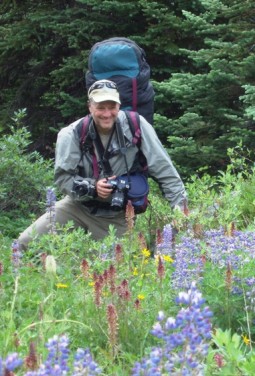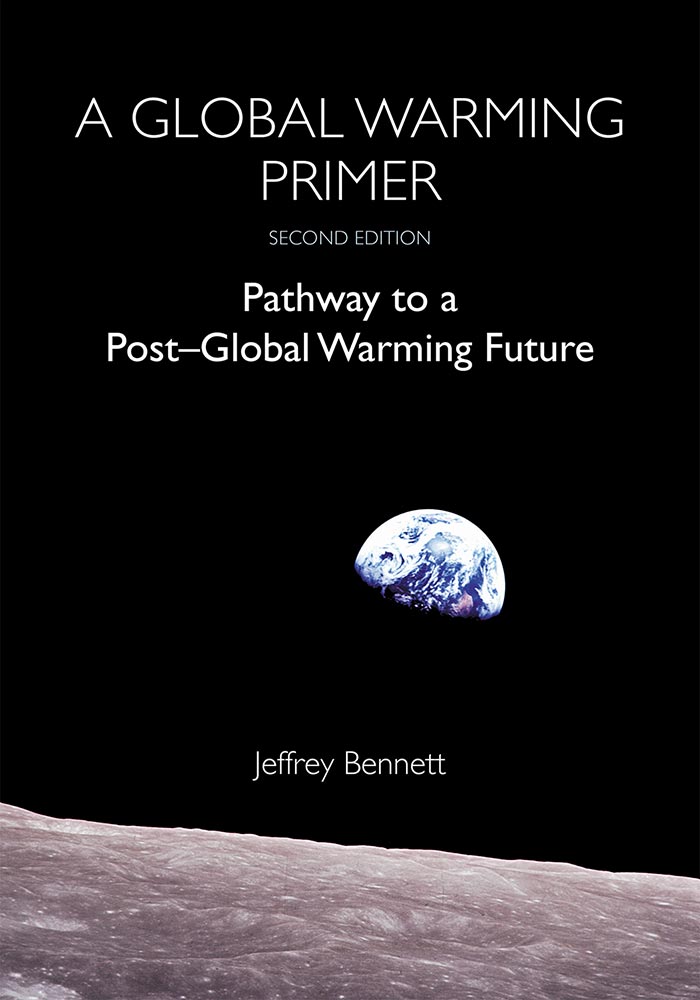 Climate change. Astronomy. A canine astronaut. They intersect in our guest, astronomer and author Dr. Jeff Bennett. Among other things, we focus on climate change and policy – present and future.
Climate change. Astronomy. A canine astronaut. They intersect in our guest, astronomer and author Dr. Jeff Bennett. Among other things, we focus on climate change and policy – present and future.
Dr. Bennett got his Ph.D. in Astrophysics from the University of Colorado, and he served two years as a Visiting Senior Scientist at NASA Headquarters, where he was the first scientist hired within a science division specifically to leverage science missions for education. As an author, Dr. Bennett has written college textbooks in astronomy, mathematics, statistics, and astrobiology, and a freely available, interactive digital textbook about Earth and Space Science for middle- and high-school students. He also has written popular books that include a series for children about an intrepid astronaut dog named Max, who goes to the Moon, Mars and elsewhere.
A particular topic we plan to delve into today with Dr. Bennett is regarding his book titled: “A Global Warming Primer: Pathway to a Post-Global Warming Future”. A current issue is the EPA’s proposal to rescind the 2009 Greenhouse Gas Endangerment Finding. The comment period for the proposed rule change has been extended to September 22. Other issues include the Department of Energy’s recent report critical of climate change research (see rebuttals of the report by Dr. Bennett and others), and whether NASA will continue doing climate and other Earth-based science.
Host: Joel Parker
Show Producer/Engineer: Joel Parker
Executive Producer: Susan Moran
Listen to the show:
Podcast: Play in new window | Download (Duration: 26:09 — 35.9MB)
Subscribe: RSS



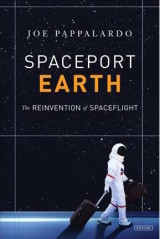
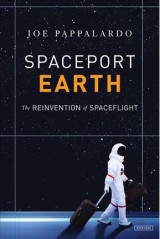

 Living Planet Report (starts at 5:50): The environmental organization World Wildlife Fund just released its science-based biennial
Living Planet Report (starts at 5:50): The environmental organization World Wildlife Fund just released its science-based biennial 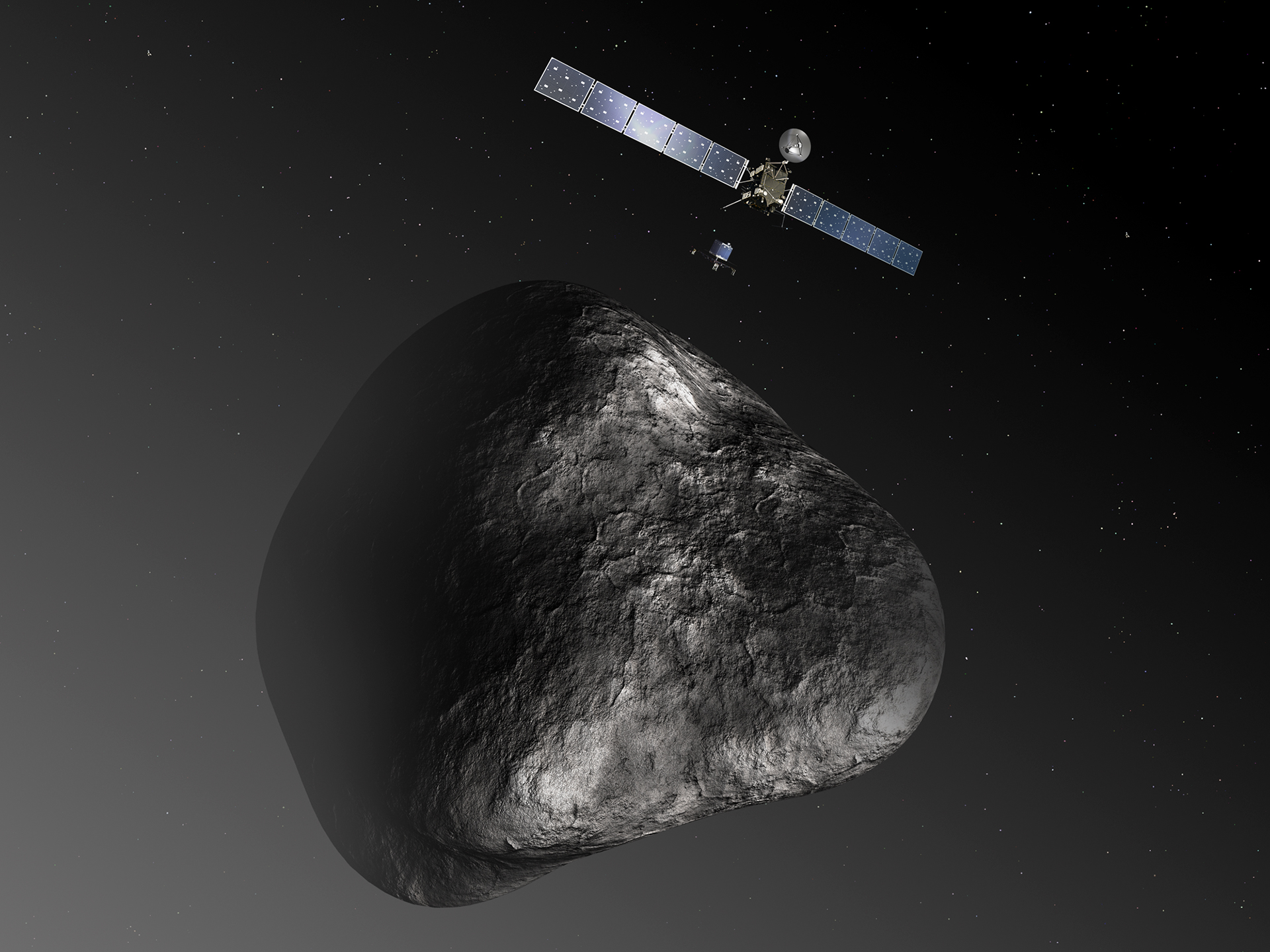
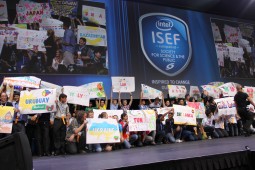
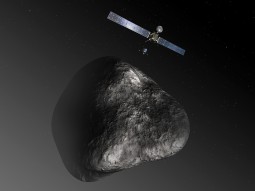
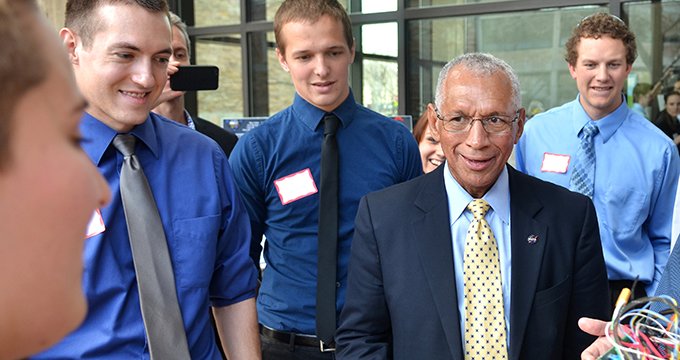
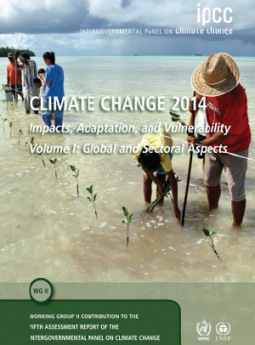 Earth Day gives us plenty of reason to reflect on the state of the planet and the impact we humans have had on it. This week’s show featured
Earth Day gives us plenty of reason to reflect on the state of the planet and the impact we humans have had on it. This week’s show featured 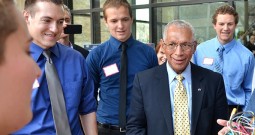



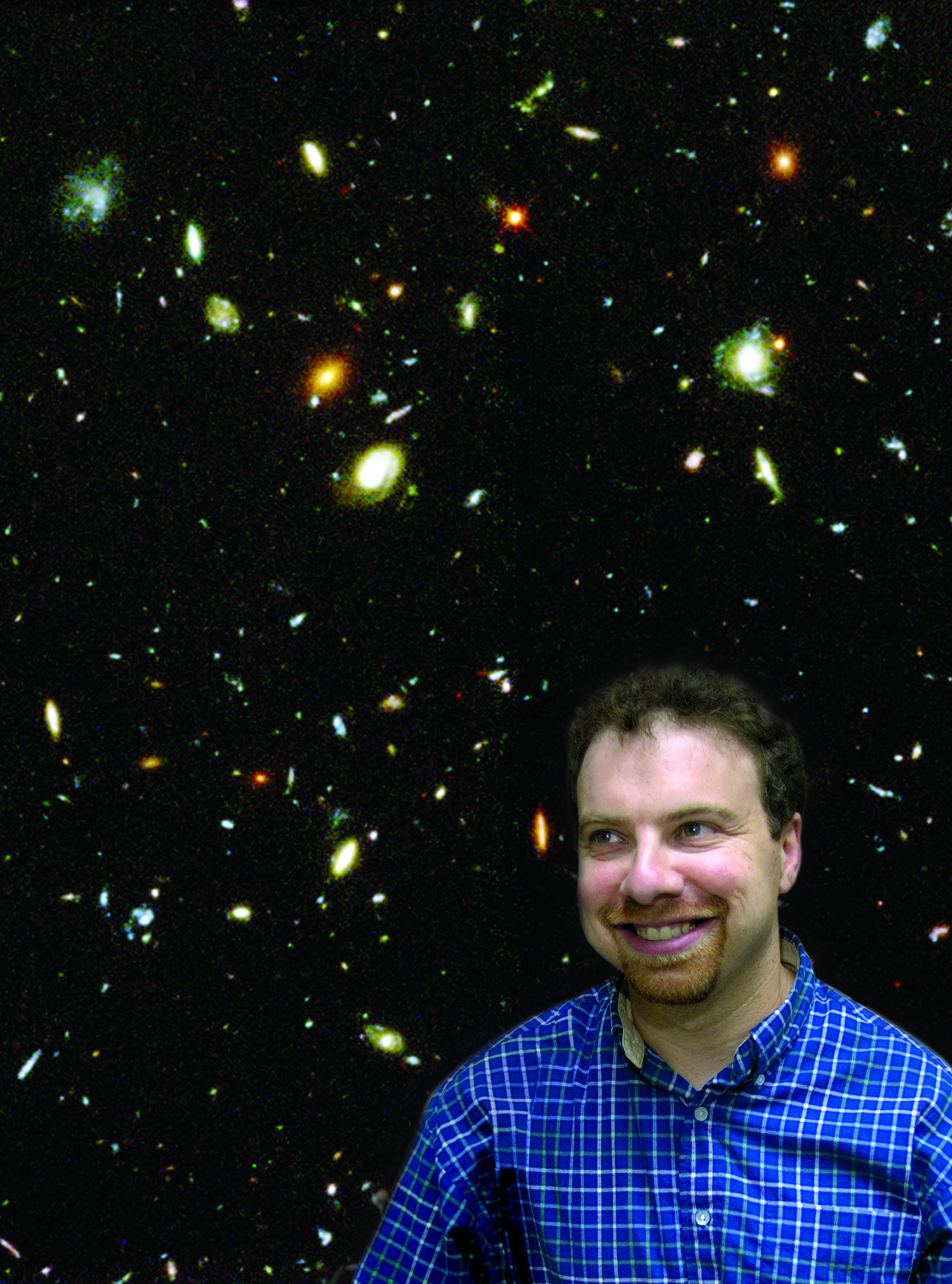
 The Accelerating Expansion of The Universe (start at 5:11). Have you ever had the feeling that things are moving faster and faster these days? Well, maybe it’s not your imagination. Proof that the universe is not just expanding but is accelerating garnered a
The Accelerating Expansion of The Universe (start at 5:11). Have you ever had the feeling that things are moving faster and faster these days? Well, maybe it’s not your imagination. Proof that the universe is not just expanding but is accelerating garnered a 


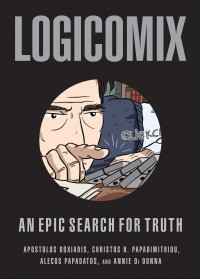



![hs-2011-23-d-web_print Pluto and its moons [click to enlarge] (credit: NASA, ESA, M. Showalter, Z. Levay)](http://howonearthradio.org/wp-content/uploads/2011/08/hs-2011-23-d-web_print-255x255.jpg)
